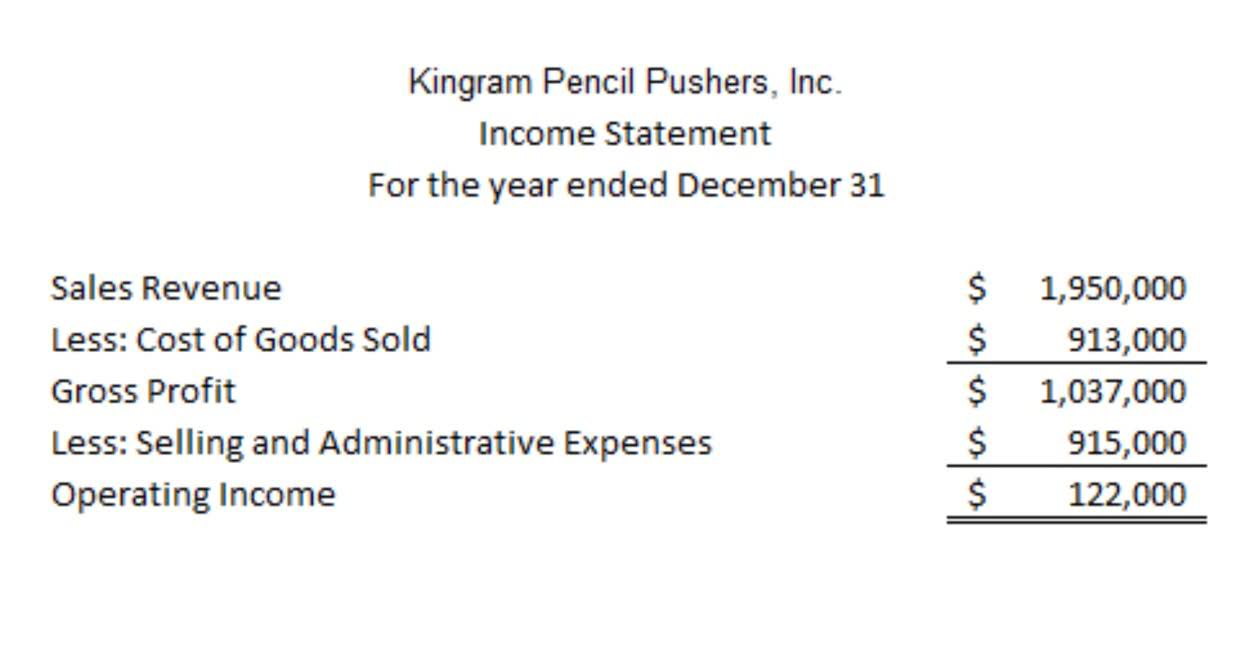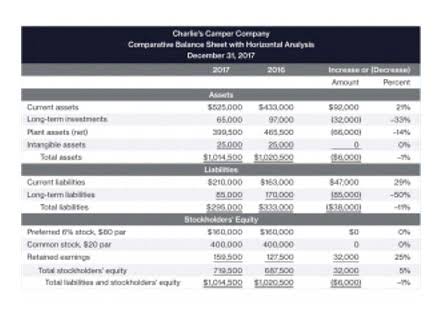
Identifying material errors in financial statements requires a thorough understanding of accounting principles and standards. Materiality, as defined by GAAP and IFRS, depends on whether an omission or misstatement could influence the economic decisions of users. For instance, even a small error in revenue recognition could be material if it affects compliance with debt covenants or alters perceptions of a company’s growth.
Accounting Errors Which do not Affect the Trial Balance
In the realm of accounting, the discovery of errors is a virtual accountant precursor to the implementation of corrective measures. It is a meticulous process that requires a keen eye for detail and a comprehensive understanding of accounting principles. Once an error is identified, the nature and impact of the discrepancy must be assessed to determine the appropriate course of action. As the prior period financial statements are not determined to be materially misstated, the entity is not required to notify users that they can no longer rely on the prior period financial statements. Regulatory ComplianceRegulatory bodies like the SEC require timely and accurate reporting of adjustments.
Accounting Changes and Error Corrections
In this context, even though the change in accounting policy was made voluntarily, it represents a correction of a prior period error since the initial policy did not conform to IFRS 15. Therefore, comparative amounts of each prior period presented which contain errors are restated. If however, an error relates to a reporting period that is before the earliest prior period presented, then the opening balances of assets, liabilities and equity of the earliest prior period presented must be restated. Registrants, the audit committee and/or board or directors, and the auditors will work together on such filings to ensure the appropriate disclosures are made. 2 However, plans to file a registration statement that incorporates previously filed financial statements before the prior periods are revised may impact this approach. Businesses must comply with various accounting standards and regulations, such as the Indian Accounting Standards (Ind AS).
- For example, updating the estimated useful life of an asset affects depreciation expense moving forward, providing a more accurate reflection of current realities.
- The financial statements above do not contain any amendments to the financial statements in respect of this error, which the partner in charge of the client deems to be ‘fundamental’.
- Once an error is identified, the accounting and reporting conclusions will depend on the materiality of the error(s) to the financial statements.
- So the debit entries for labor and payroll tax expense in Oct. are credits to accrual accounts in October then in November, you make entries to relieve accrued payroll and payroll tax liabilities and credit Cash account.
- If however, an error relates to a reporting period that is before the earliest prior period presented, then the opening balances of assets, liabilities and equity of the earliest prior period presented must be restated.
Identifying and Correcting Errors

The duplications can increase your expenditures or revenues and therefore provide you with the wrong figures. The simplest way of dealing with this error is to incorporate a verification program before confirming entries. Rectification of errors involves identifying and correcting inaccuracies in financial records to maintain accurate financial data.

“Big R Restatement” – An error is corrected through a “Big R restatement” (also referred to as re-issuance restatements) when the error is material to the prior period financial statements. A Big R restatement requires the entity to restate and reissue its previously issued financial statements to reflect the correction of the error in those financial statements. Correcting the prior period financial statements through a Big R restatement is referred to as a “restatement” of prior period financial statements.
- It must present the Net Position, as Previously Presented on the face of the financial statement.
- Additionally, feedback from auditors, discrepancies noted during inventory counts, and alerts from internal control systems can also point to the presence of errors.
- Additionally, if the error affects periods earlier than those in the financial statements, they should be corrected, if practicable.
- Understanding how to address these discrepancies effectively is essential for upholding the integrity of financial information.
- The restated financial statements are then reissued, accompanied by disclosures that explain the nature of the error, the reason for the restatements, and the impact on the company’s financial results.
- Communicating with stakeholders during financial statement adjustments requires a balance of transparency and strategic messaging.
Error of Omission

Correcting mistakes is an important step toward keeping records of accounts transparent and reliable. Such errors can be seen as accidental or oversight errors that will distort the financial health of a company. A proper and timely rectification ensures that the trial balance is correct, financial statements are reliable, and stakeholders are confident of the financial integrity of the organization. The next step is recalibrating the affected financial statements to correct the errors and ensure compliance with accounting standards. retained earnings Revised statements must be documented, detailing the nature of the error, adjustments made, and financial periods affected. Companies often refer to guidance such as the Financial Accounting Standards Board’s (FASB) Accounting Standards Codification (ASC) to ensure proper rectification.
Correcting Accounting Errors: Understanding Materiality and the Error Correction Process

The permitted methodology involves correcting any errors through rectifying entries. GASB desires greater consistency in how governments account for these changes and corrections. This standard provides well-defined accounting change and error correction classifications, making it easier to follow. If yes, know that GASB 100, Accounting Changes and Error Corrections is effective for years ending June 30, 2024. An accounting error of commission can occur when an item is entered to the correct type of account but the wrong account.
- Recognizing and correcting these discrepancies ensures compliance with accounting standards and enhances transparency.
- Mistakes left unchecked can distort financial reports and influence decision-making.
- Errors can either be small mistakes that don’t affect the overall figures or ones that snowball into greater miscalculations and need more time and resources to identify and repair.
- What this means is that if the error had been discovered, prior to the financial statements being approved, the error would have been corrected before the financial statements were approved.
- During fiscal year 2024, the Special Purpose Sales Tax fund was reclassified from nonmajor to a major fund due to significant increases in its revenues, expenditures, and assets.
- This is done knowing that stock should be recorded in the books at cost or market price, whichever is less.
- It is a meticulous process that requires a keen eye for detail and a comprehensive understanding of accounting principles.
- Adjustments can also impact compliance with loan covenants, which may require renegotiations or incur penalties.
- Disclosures related to accounting errors typically include a description of the error, the periods affected, the amounts involved, and the impact on the financial statements.
- This process not only corrects the historical records but also restores the reliability of the financial information provided to stakeholders.
This type of change generally requires retrospective adjustment to ensure comparability across periods. The goal is to present financial statements as if the new reporting entity had always existed in its current form. Both GAAP and IFRS emphasize providing detailed disclosures to inform users about the nature of the change and its effect on historical financial data. Adjusting financial statements after identifying a material error requires precision and adherence to accounting standards. The process starts with revisiting the initial entries that caused the error, ensuring transactions are accurate. This includes correcting numerical inaccuracies and updating disclosures to reflect the changes comprehensively.
These may include inconsistencies in account balances, unusual fluctuations in financial correction of errors statement line items, and variances between expected and reported figures. Reconciliation of accounts is a common practice that can reveal differences needing investigation. Additionally, feedback from auditors, discrepancies noted during inventory counts, and alerts from internal control systems can also point to the presence of errors.
